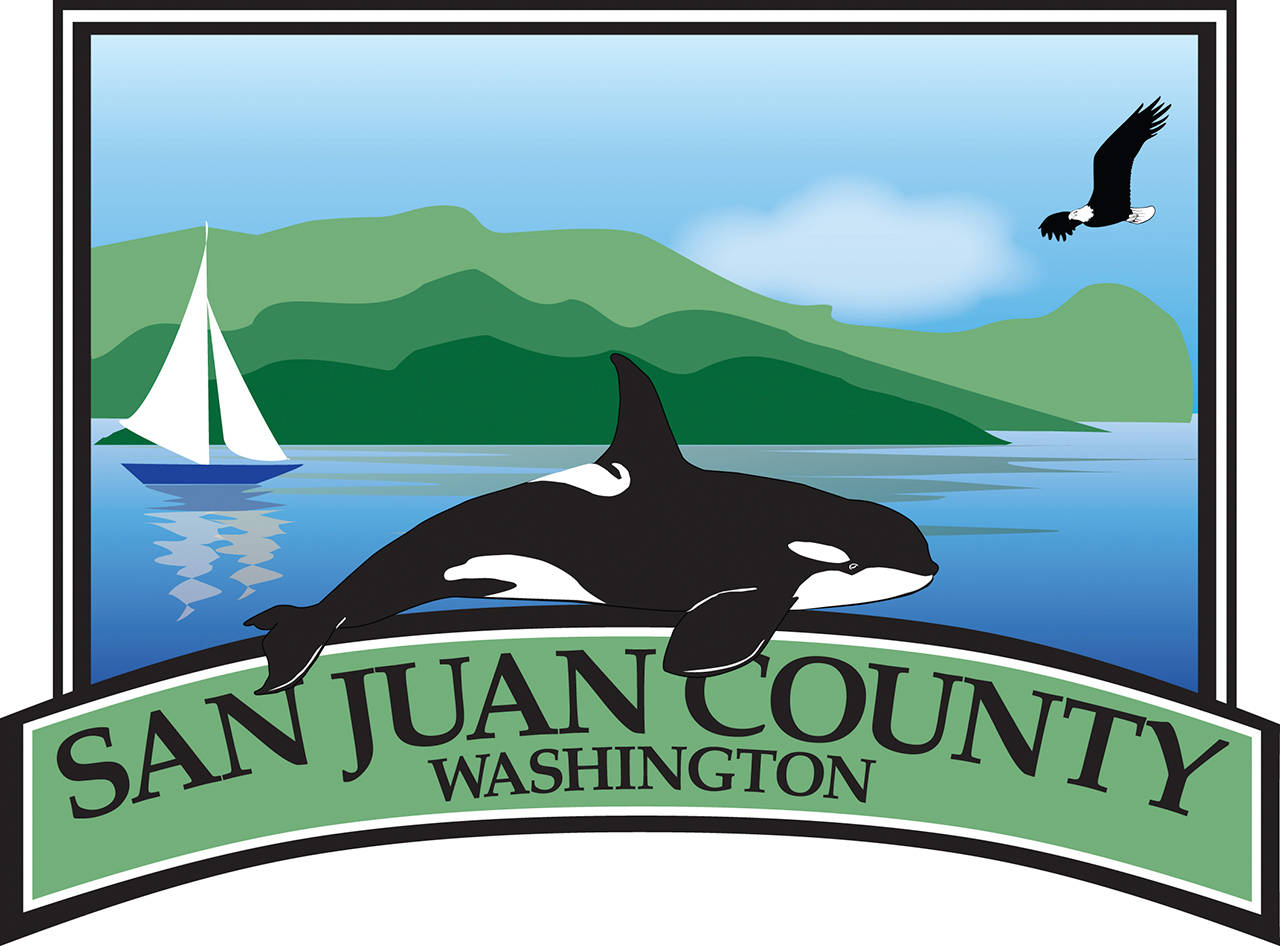On islands with limited space, locals have questioned the possibility of overcrowding. But is San Juan County as densely populated as islanders fear?
That’s what staff from the county’s community development department will answer in a land capacity analysis as part of the county’s comprehensive plan update. The update only requires review of what are called Urban Growth Areas — like Friday Harbor on San Juan Island — but the staff has opted to include the entire county.
The comprehensive plan, which is updated every decade, outlines how county staff will manage local growth over the next 20 years.
Staff is performing an analysis, first, to see how much undeveloped land is in the county, and second, to understand how much is needed for the county’s projected population.
Last summer, county council voted to accept staff’s population projection recommendation of 19,423 in 2036. That’s about 3,000 more people living in the county today. If analyses, like this, prove the projection won’t work, it can be changed before the final plan is due to the state, next summer.
Director of Community Development Erika Shook explained the proposed methodology behind the analysis to the county council on Monday, Oct. 16, before the research takes place. The methodology, said Shook, may be the most contentious part.
“It’s really important to understand the assumptions because when folks tell us they don’t like the land capacity analysis, it will primarily be whether they like the assumption we made in doing the work,” said Shook.
The assumptions are what county staff is using to classify vacant, fully developed and re-developable land. These classifications, which will be mapped, will only be used for this analysis, noted Shook, and not for regulations.
“For the purposes of someone wanting to develop their property, these maps do not mean anything,” said Shook. “They are intended to give us ideas about where development could occur, to give us numbers for the big scale, the county-wide basis.”
County land that is considered fully developed or critical environmental areas, like wetlands, will be eliminated in a map to display developable land for each land-use designation, on each island. The available land will then be reduced by 50 percent, an assumption to account for seasonal homes and exsisting homes that will not be further developed.
The analysis classifies land for conservation, utilities or public spaces — like parks or government services — as fully developed.
On residential land, if the assessed improvement value of the site’s property is $100,000 or more and the land can be subdivided, it is re-developable; if it cannot be subdivided, it is fully developed. If the assessed improvement value of the site’s property is less than $100,000, the land is considered vacant.
On commercial and industrial land, if the existing building value is equal to or greater than the value of property, it is fully developed. For example, land worth $100,000 with a $50,000 building on it, would be considered re-developable, but if it had a $100,000 building on it, it would be considered developed. A single-family residential home on commercial or industrial land would also be considered underused and re-developable.
Once the developable land is determined, staff will analyze how many structures can be placed on it. In residential zones, the number of permitted houses is based on the county’s density regulations.
In commercial zones, the analysis proposes to use the current amount of structures in an area to determine how much could be built on the area’s undeveloped land.
For instance, on land designated as village commercial in Eastsound on Orcas Island, current data shows that buildings cover an average .3583 of each developed lot. When that number, known as the Floor Area Ratio, is multiplied by a half acre vacant parcel in that area, for example, it shows there is enough space to build 7,803 square feet of buildings.
On land with a 1 FAR, a one-story building would occupy the entire lot, while a two-story building would occupy half a lot, and a four-story building would occupy a quarter of a lot.
To view an example of the analysis, visit this website, created by county staff. Watch the presentation at www.sanjuanco.com/1077/County-Council and view the draft report below.
To comment, send specifics to complancomments@sanjuanco.com or drop them off at the community development department’s office at 935 Rhone Street in Friday Harbor. Mail them to San Juan County Department of Community Development Attn: Linda Kuller: “Land Capacity Methodology,” PO Box 947, Friday Harbor, WA 98250.
Draft Land Capacity Analysis Methodology




